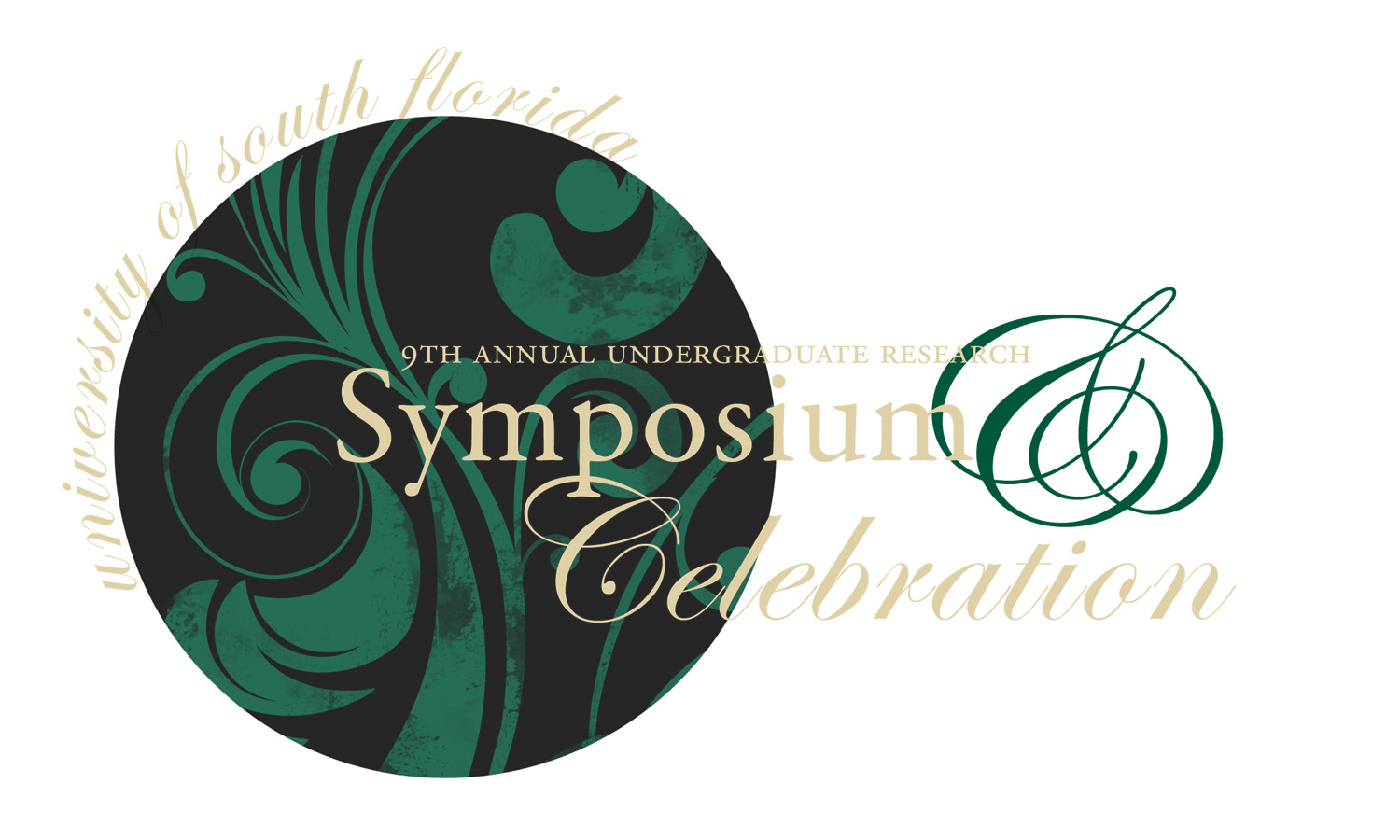Presentation Type
Poster
Asian American: The in between space of Citizenship in American society
Abstract
The first paragraph in the Constitution ensures that every citizen in the United States has the same rights regardless of gender or race. Throughout America’s history, these rights have been circumscribed by way of stereotypes and racialized labeling of people of color, class differentiation and gender. Since 1975, because of U.S. involvement in conflicts in Vietnam, Laos and Cambodia, many Southeast Asians have arrived here to escape persecution. This study examines South Asians’ and Southeast Asian Americans’ perspectives about their identity and experiences adapting to American life. Data was collected through 67 surveys and 7 in-depth interviews in metropolitan Central Florida (Tampa, St. Petersburg and Clearwater). Results indicate that despite many years of education and business experience some of the respondents brought with them, very few have realized the “American Dream” of financial and educational success. Contrary to the “model minority” stereotype conferred on Asian Americans, Southeast Asian Americans are not a homogeneous group and their stories confirm the continued existence of this stereotype in the Tampa Bay area. This study adds to a large body of research about the racialization of ethnicity and how this relates to partial membership and limited access to the full benefits of first class citizenship.
Categories
Social Sciences
Research Type
Thesis
Mentor Information
Dr. Ella Schmidt
Asian American: The in between space of Citizenship in American society
The first paragraph in the Constitution ensures that every citizen in the United States has the same rights regardless of gender or race. Throughout America’s history, these rights have been circumscribed by way of stereotypes and racialized labeling of people of color, class differentiation and gender. Since 1975, because of U.S. involvement in conflicts in Vietnam, Laos and Cambodia, many Southeast Asians have arrived here to escape persecution. This study examines South Asians’ and Southeast Asian Americans’ perspectives about their identity and experiences adapting to American life. Data was collected through 67 surveys and 7 in-depth interviews in metropolitan Central Florida (Tampa, St. Petersburg and Clearwater). Results indicate that despite many years of education and business experience some of the respondents brought with them, very few have realized the “American Dream” of financial and educational success. Contrary to the “model minority” stereotype conferred on Asian Americans, Southeast Asian Americans are not a homogeneous group and their stories confirm the continued existence of this stereotype in the Tampa Bay area. This study adds to a large body of research about the racialization of ethnicity and how this relates to partial membership and limited access to the full benefits of first class citizenship.

